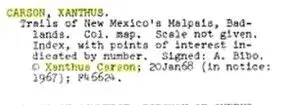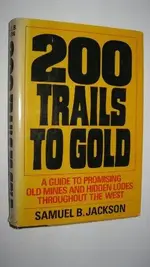I'm still wondering about what Patrick said in another thread about using greenwich or some place in Spain to start . It's giving me a headache lmao
Greenwich is the current internationally accepted Prime Meridian from which all measurements are calculated against, or as a starting point. Prior to the international adoption of a set prime meridian accepted as Greenwich, countries and organizations (including masons, templars, and Jesuits) all used their own. This is why you have heard references to Greenwich Time in reference to a generally accepted starting point.
Having a Prime Meridian in another starting point, such as the founding chapel for the Jesuits, would be a strong indicator for the type and ownership of a cached site. Using that as a starting point when others are using England would encrypt the destination in celestial navigation.
The Prime Meridian is the starting point to count longitudinal time for navigational purposes. The Longitude assigned, let's say the 105 degree discussed in other threads, would be an arbitrary number depending where you started. If your count starts in Spain, your 105 is in a different physical location than if you started in Greenwich.
Another good example would be comparing it to driving directions. Let's say you have a starting point and are to drive 500 miles from that location in a westward direction. If your starting point is in Spain, the destination location is different than if you start in England. Obviously, I am not including water in this to cover the likelihood of not being able to drive across bodies of water. So, take a kayak for that.
We are also using modern logistical measurements to identify a location that might not have been the same to the originators. In the example above, we may refer to a longitude along the 105. The Spanish did not refer to it as the 105. Our 105 is based on Greenwich.
Another common issue was not accounting for declination during the navigation. (Declination is the variance between magnetic north and true north. The greater the distance traveled, the greater the distance from where one wants to be based on a map using true north and the direction followed using a compass.) Note: There are actually 3 north poles. Magnetic north, true north and the physical top of the world which varies slightly based on seasonality and earth rotation.
Any help? A more skilled navigator can provide better references or explanations to my generalizations.
P.




 but should be pretty easy to google earth it
but should be pretty easy to google earth it
